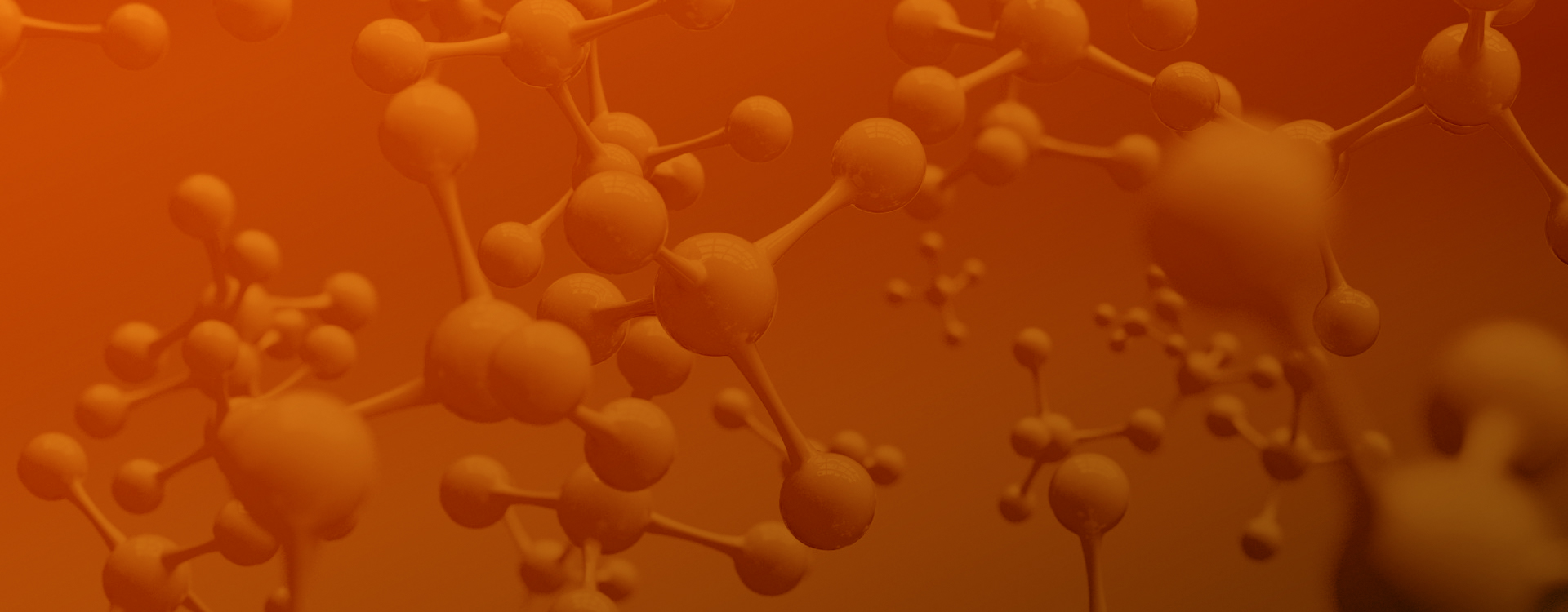
Quantitative Analysis of Carotenoids
Quantitative Analysis of Energy Metabolism
Quantitative Analysis of Short-Chain Fatty Acids
Quantitative Analysis of Fatty Acids
Quantitative Analysis of Bile Acids
uantitative Analysis of Trimethylamine Oxide and Related Metabolites
Quantitative Analysis of Amino Acids
Quantitative Analysis of Neurotransmitters
Quantitative Analysis of Organic Acids
Quantitative Analysis of Flavonoids
Quantitative Analysis of Carbohydrates
Quantitative Analysis of Plant Hormones
Quantitative Analysis of Carotenoids
Quantitative Analysis of Tannins
Quantitative Analysis of Phenolic Acids
Quantitative Analysis of Anthocyanins
Carotenoids are a class of yellow, orange or red fat-soluble pigments that widely exist in microorganisms, plants, animals and humans.It has various biological effects such as antioxidant, anti-tumor, enhancing immunity and protecting vision. It mainly exists in fruits and fresh vegetables, and can be synthesized in plants and microorganisms, but cannot be synthesized in animals.
Epidemiological studies have shown that eating dark green vegetables and fruits reduces the incidence of cancer which is closely related to the carotenoids they contain.
The possible mechanisms are anti-oxidation, inhibition of carcinogen formation, regulation of drug metabolizing enzymes, enhancement of immune function, regulation of cell signal, inhibition of cancer cell proliferation, induction of cell differentiation and apoptosis, and induction of intercellular communication.
Journal: Science Advances Impact factor: 13.116 Published date: April, 2020 Published by: DSM Nutritional Products, United States
Rhodoxanthin is a vibrant red carotenoid found across the plant kingdom and in certain birds and fish.
We identify LHRS (Lonicera hydroxylase rhodoxanthin synthase), a variant β-carotene hydroxylase (BCH)–type integral membrane diiron enzyme that mediates the conversion of β-carotene into rhodoxanthin. We identify residues that are critical to rhodoxanthin formation by LHRS. Substitution of only three residues converts a typical BCH into a multifunctional enzyme that mediates a multistep pathway from β-carotene to rhodoxanthin via a series of distinct oxidation steps in which the product of each step becomes the substrate for the next catalytic cycle.
 The reverse structure of carotenoids, the results of carotenoids and their established relationships explain the role of BCH in honeysuckle and the sequence alignment of BCH and enzyme with other plants
The reverse structure of carotenoids, the results of carotenoids and their established relationships explain the role of BCH in honeysuckle and the sequence alignment of BCH and enzyme with other plants HPLC isolation and PDA spectroscopic analysis of carotenoids from extracts of Morchella japonica lonicera and Lonicera japonica expressing bacterial lycopene biosynthesis genes
HPLC isolation and PDA spectroscopic analysis of carotenoids from extracts of Morchella japonica lonicera and Lonicera japonica expressing bacterial lycopene biosynthesis genes Formation of carotenoid intermediates and erythroflavin
Formation of carotenoid intermediates and erythroflavin Effects of LHRS and BCHs on the conversion pathway of carotene to erythroxanthin
Effects of LHRS and BCHs on the conversion pathway of carotene to erythroxanthinWe propose a biosynthetic pathway from β-carotene to rhodoxanthin.
Royer John,Shanklin John,Balch-Kenney Nathalie et al. Rhodoxanthin synthase from honeysuckle; a membrane diiron enzyme catalyzes the multistep conversation of β-carotene to rhodoxanthin.[J] .Sci Adv, 2020, 6: eaay9226
 © Copyright 2015-2022 Suzhou PANOMIX Biomedical Tech Co.,Ltd
© Copyright 2015-2022 Suzhou PANOMIX Biomedical Tech Co.,Ltd